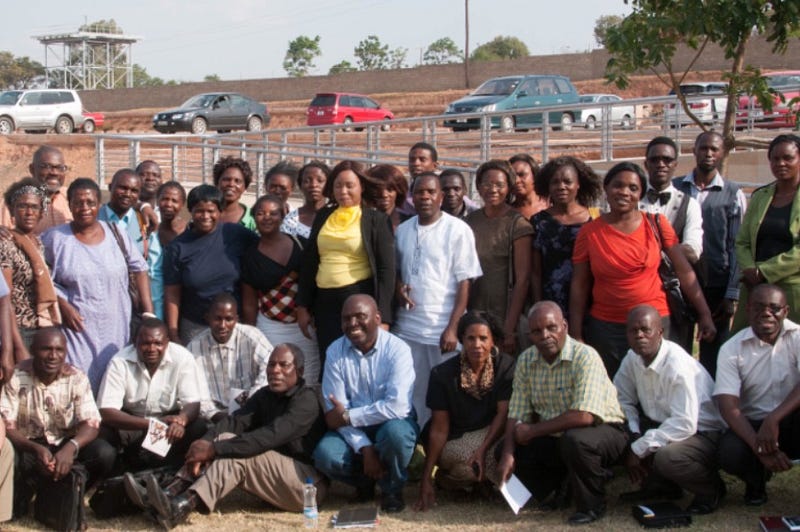THE CHALLENGE
A startling percentage of the Sub-Saharan Africa (SSA) population does not have electricity – 620 million out of 1 billion people. Add another 100 million and you get the number of people in SSA who cook with firewood that is depleting forest cover. Meanwhile, solar energy is increasingly becoming a solution on other continents – but not nearly as widespread in Africa. The continent lags far behind the developing world in the uptake of solar energy due to three factors: 1) innovative public policy is not robust; 2) not enough private sector champions; 3) African masses cannot afford the up-front solar installation costs.
But these barriers should not and will not keen Sub-Saharan Africa from cashing in on solar that is taking the rest of the world by storm. This is where community shared solar energy comes in.
THE POTENTIAL SOLUTION – COMMUNITY SOLAR
Community solar is the banding of neighbours, together with a local church, a business or school, to set up a solar power plant into which everyone buys, and reaps the benefits from. ‘Community solar’ takes two forms. First, it refers to a community-owned solar project. Third party-owned solar projects whose electricity is shared by a community is the second form. These forms of broadening access to solar energy are becoming more and more popular.
As can be seen from the above brief discussion, one of the several primary purposes of a community solar is to enable members to share the benefits of solar power even if they cannot individually afford to install solar panels. Equally crucial is the fact that the participants benefit from the electricity generated by the community solar farm/garden which costs far less than what they would ordinarily pay for on-grid electricity.
In the United States alone, the next “five years will see the U.S. community solar market add an impressive 1.8 gigawatts, compared to just 66 megawatts through the end of 2014.”
THE CHURCH AS ANCHOR TO THE SOLAR REVOLUTION IN SUB-SAHARAN AFRICA
Why might the church be a natural anchor in spreading community solar across Sub-Saharan Africa?
There are at seven reasons why the church is the best equipped organization to mobilize communities for up-taking shared solar energy in Africa:
- The church is where most people go for council, self reflection, and community solidarity;
- The church is a community meeting place, in which the church is regarded as a neutral referee, mediator, and reconciler.
- The church is a proven community-mobilizing institution for solutions;
- The church is influential with leaders from government, business, and civil society;
- There is a church in African village;
- There is usually a school attached to the church;
- The church itself needs electricity, as does the affiliated school.
Shared community solar, as noted, define various energy arrangements that allow communities to share the benefits of a local energy power plant. This way, pooled investments from multiple members provide energy that would otherwise be beyond the reach of individuals. What we urgently need in Sub-Saharan Africa are champions for community solar – the church may very well play this role.
___
David Himbara
___
David Himbara


















0 comments:
Post a Comment